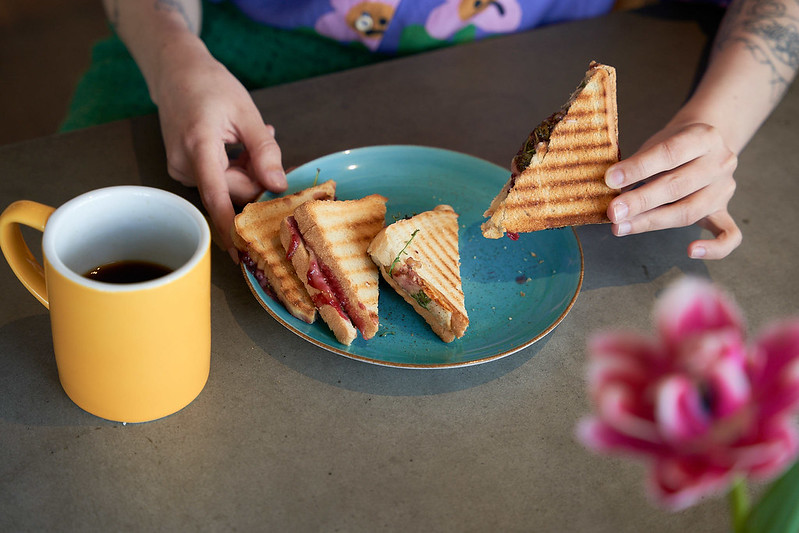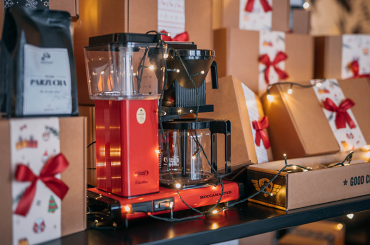To run a successful business, you need to skillfully control costs and revenues. Food cost is an integral element of expenses in every food establishment. What is food cost and how much should it be? We suggest how to calculate it on your own and, more importantly, how to reduce it!

Food cost is a basic concept in the foodservice industry. The easiest definition of food cost is the ratio of the cost of the purchased produce to the revenue from its sale. In a café it can be calculated for one product, e.g. a flat white or a tamarind sandwich, or for the total of all products sold over a specific time in the café. Food cost shows you how much you need to spend before the dish gets to the table. In general, the aim is to have the lowest possible food cost in relation to selling price of a product, while maintaining the standard without compromising the quality.
Food Cost – How to Calculate It and Not Flip Out?
Food cost is usually calculated as a percentage. In order to optimize and maintain real data on the actual expenses in your foodservice establishment, you should calculate food cost about once a month. In this way it is possible to check whether a given product is actually profitable and whether it’s necessary / possible to introduce changes to suppliers or products.
To calculate the food cost, divide the net purchase cost of the products used for making the dish by the net selling price and multiply the total by 100%. It is assumed that food cost should be approximately 28 to 30 percent of the price of a given item from the menu. Good news is: if, like me, you’re not a fan of maths, you can find a lot of free food cost calculators online, which, once you enter the data, will accurately calculate the costs of your business. However, the indicated percentages should be treated with a margin of error, because it is obvious that food cost for a kebab food truck and for an elegant restaurant with a renowned chef will be different. And it does not mean that any of them is unprofitable.
It is worth remembering that the prices used in foodservice are gross prices, so you should add VAT and GP, i.e. gross margin, to your product costs. Gross profit margin cannot be defined as the proper profit because we ignore most of the costs related to running the establishment, i.e. the cost of an employee, rent, utilities, advertising, sanitary products, etc.

Where to Start?
First, it makes sense to calculate the food cost of individual dishes from your menu. If the food cost of any of them highly exceeds the norm, you should consider how to reduce it, or decide whether it would be more profitable to drop it. If there’s a problem with the calculation, i.e. there are spices in the dish, oils etc. that are difficult to size, you can count food cost e.g. for 10 pieces or the amount that uses the whole package of a given spice. If the product is one of the best-selling items in your restaurant, it is your signature dish or a local dish, such as fish soup at the seaside, do not give it up, even if the food cost is higher than the previously mentioned value.
How to Deal with Too High Food Cost
The food cost calculator is certainly helpful, but there’s more to that. If the food you serve exceeds the correct percentage of the food cost, you should take an in-depth look at some aspects of your business.

The Most Common Reasons for Too High Purchase Costs Are:
- losses, i.e. expired product, incorrect preparation of an order, spilled milk, etc.
- too frequent or high special discounts
- employee meals or free meals, e.g. for friends
- using the products for other purposes, e.g. milk is used not only with coffee but also to prepare oatmeals
- increased supplier prices
- inaccurate application of grammages
In conclusion, even the greatest passion for cooking is not enough to run a thriving foodservice establishment. Food cost is an element of the cost strategy and although the numbers do not lie, they must be considered in the right context. Too high food cost doesn’t have to mean a disaster for your company, sometimes downsizing the menu or introducing seasonal menu may be a sufficient remedy.





